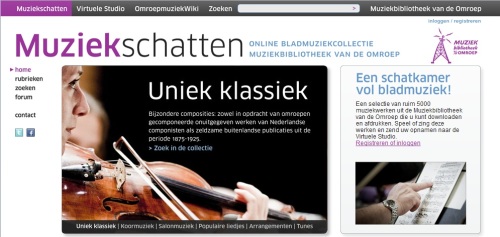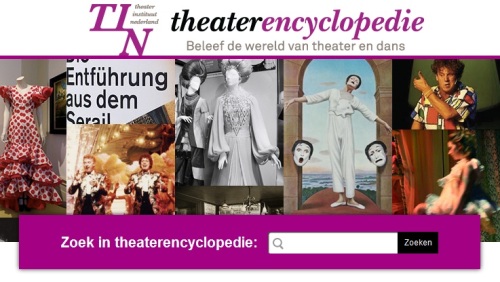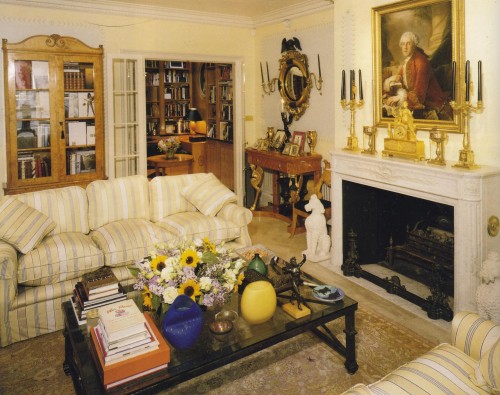John Cage unbound: A living archive is an online multimedia project about the American composer and avant-garde music pioneer.
Hosted by the New York Public Library, the project invites musicians and others to submit videos of their own interpretations of Cage’s work for addition to the online archive. Visitors to the site can view submitted videos as well as a portion of the library’s collection of Cage’s original notes and manuscripts.
Today is Cage’s 100th birthday! Below, his classic 1960 appearance on I’ve got a secret.
BONUS: Cage’s own recipe for dogsup.
Related article: Source: Music of the avant-garde












